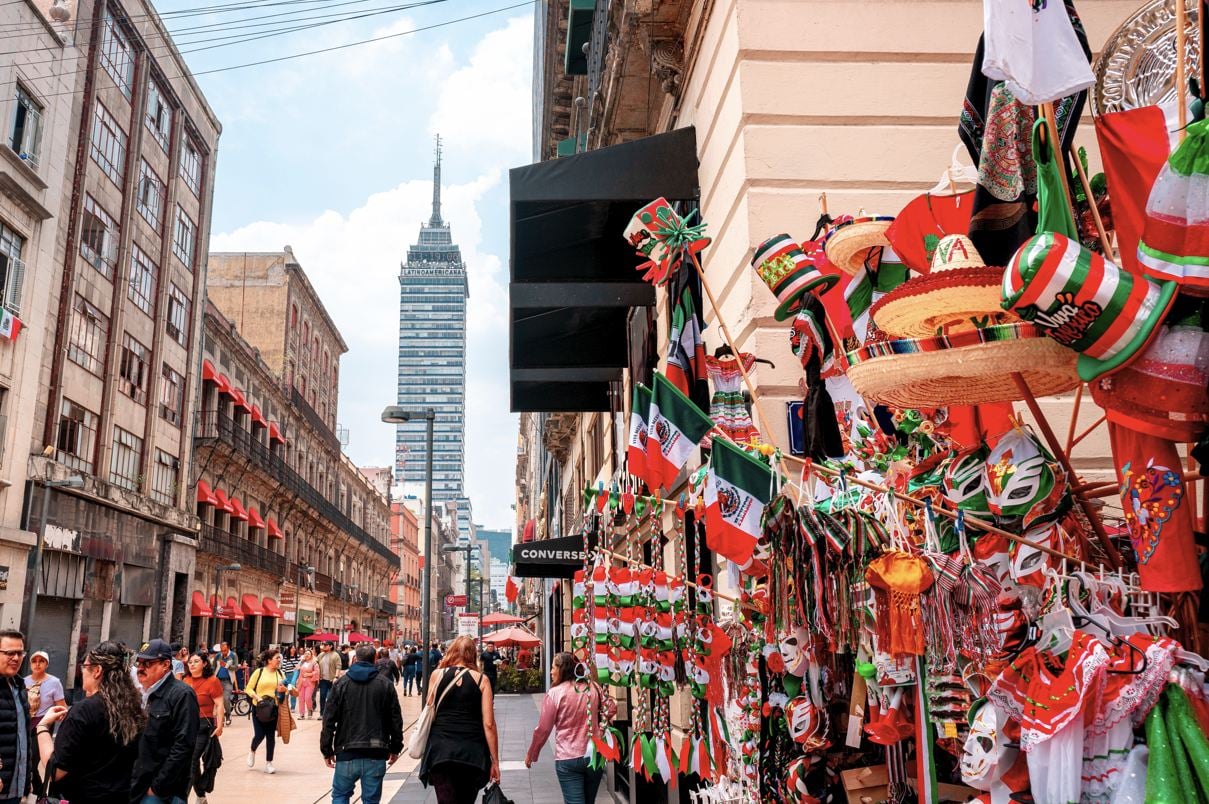
Mexico City, a vibrant metropolis of culture and captivating experiences, often tops the travel wish lists for American explorers. But recently, a darker undercurrent has emerged. Tensions in Mexico City against tourists have been rising, resulting in striking and unsettling incidents. These escalating concerns have now led the U.S. Embassy to issue a security alert for the Mexican capital.
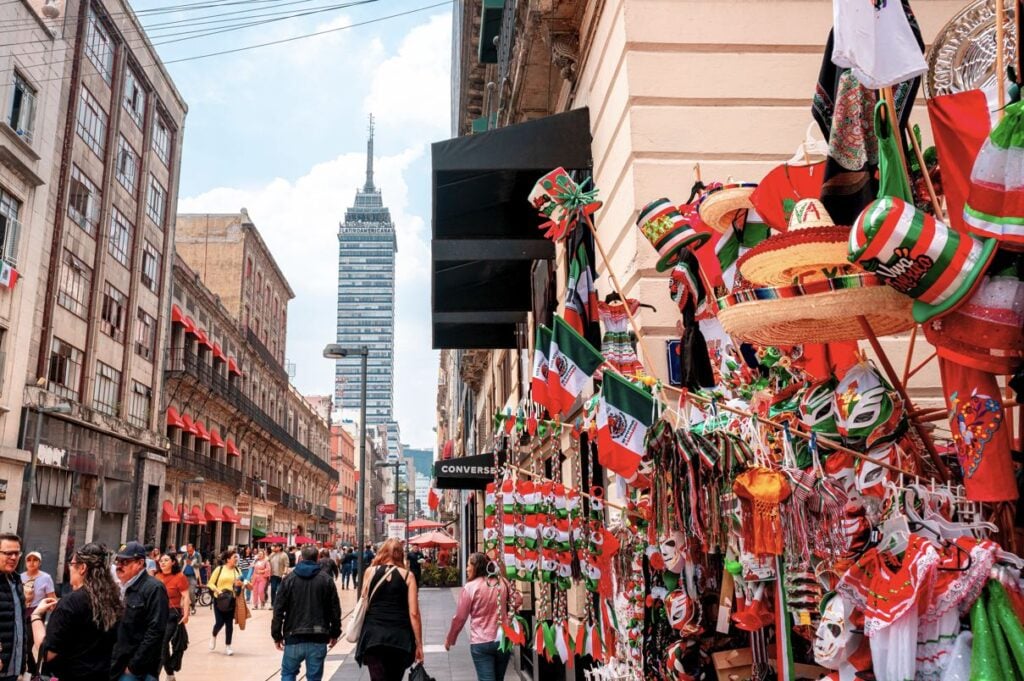

This isn’t your typical safety warning about petty crime. This advisory hints at underlying tensions that could impact visitors, urging U.S. citizens to exercise caution and stay informed. For savvy travelers, understanding the full picture behind such alerts is crucial to navigating their journey safely and confidently.
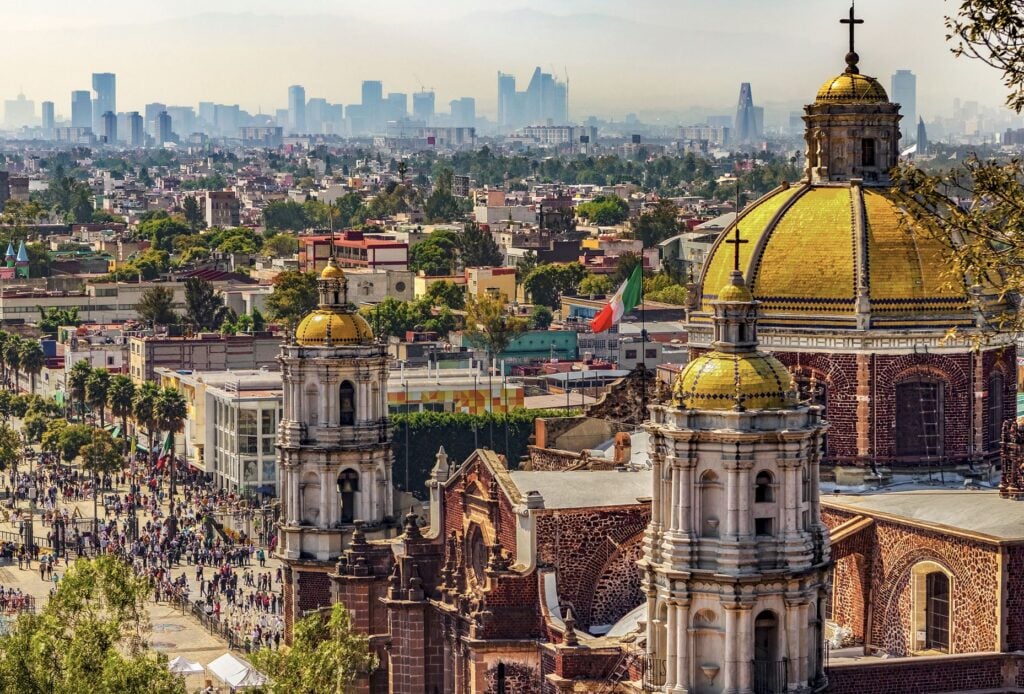

The U.S. Embassy’s recent advisory specifically warns about planned demonstrations expected on Sunday, July 20, starting at 3:00 p.m., in the Tlalpan area, between Fuentes Brotantes and El Caminero. This marks the second planned protest of its kind, following a previous demonstration in the popular Roma and Condesa neighborhoods on July 4. That earlier event saw some participants engage in property vandalism and throw rocks at individuals perceived to be foreigners.
![]()
![]()
For tourists, it’s important to know that Mexican law strictly prohibits political activities by foreign citizens. Participating in demonstrations could lead to detention or deportation. If you’re in an affected area, expect traffic congestion, an increased police presence, and heightened security measures.
{ const el = document.createElement(tag); Object.assign(el, options); return el; }; const scrollToQuiz = () => { mainContainer.scrollIntoView({ behavior: ‘smooth’, block: ‘start’ }); }; const renderView = (viewBuilder) => { mainContainer.innerHTML = ”; // Rebuild, Don’t Hide const wrapper = buildElement(‘div’, { className: ‘vcq-view-wrapper’ }); viewBuilder(wrapper); mainContainer.appendChild(wrapper); }; const renderQuestionView = () => { renderView((wrapper) => { const question = data.questions[state.currentQuestionIndex]; const handleAnswer = (option, event) => { if (!state.hasInteracted) { state.hasInteracted = true; scrollToQuiz(); } if (option.correct) { state.score++; } const buttons = wrapper.querySelectorAll(‘.vcq-btn’); buttons.forEach(button => { button.disabled = true; if (button === event.currentTarget) { button.classList.add(option.correct ? ‘correct’ : ‘incorrect’); } else { button.classList.add(‘disabled-option’); } }); const feedbackText = option.correct ? question.feedback.correct : question.feedback.incorrect; const feedbackEl = buildElement(‘div’, { className: `vcq-feedback ${option.correct ? ‘correct’ : ‘incorrect’}`, textContent: feedbackText }); wrapper.querySelector(‘.vcq-options’).insertAdjacentElement(‘afterend’, feedbackEl); setTimeout(() => { state.currentQuestionIndex++; if (state.currentQuestionIndex { const button = buildElement(‘button’, { className: ‘vcq-btn’, textContent: option.text }); button.onclick = (e) => handleAnswer(option, e); optionsContainer.appendChild(button); }); const poweredBy = buildElement(‘p’, { className: ‘vcq-powered-by’, innerHTML: ‘Powered by Travel Off Path’ }); wrapper.appendChild(title); wrapper.appendChild(progress); wrapper.appendChild(scenario); wrapper.appendChild(optionsContainer); wrapper.appendChild(poweredBy); }); }; const renderFinalResultView = () => { renderView((wrapper) => { let result; if (state.score >= 4) { result = data.finalResults.pro; } else if (state.score >= 2) { result = data.finalResults.savvy; } else { result = data.finalResults.rookie; } const title = buildElement(‘h3’, { className: ‘vcq-title’ }); title.innerHTML = `${result.title} ${result.emoji}`; const description = buildElement(‘p’, { className: ‘vcq-final-score vcq-description’, textContent: result.description }); const restartBtn = buildElement(‘button’, { className: ‘vcq-btn vcq-restart-btn’, textContent: ‘Play Again’ }); restartBtn.onclick = () => { state.currentQuestionIndex = 0; state.score = 0; state.hasInteracted = false; renderQuestionView(); }; const poweredBy = buildElement(‘p’, { className: ‘vcq-powered-by’, innerHTML: ‘Powered by Travel Off Path’ }); wrapper.appendChild(title); wrapper.appendChild(description); wrapper.appendChild(restartBtn); wrapper.appendChild(poweredBy); }); }; renderQuestionView(); }); ]]>
The Rising Tide of Anti-Tourist Sentiment
You’ve spotted the official warning, but the real story runs deeper. Consider the striking scenes from a mass protest just last week: the words “Get out of Mexico” scrawled on a shop window, glass panes violently kicked in, and “Kill a gringo” spray-painted on a wall. Demonstrators carried placards demanding Western foreigners “stop stealing our home,” painting a stark picture of growing anger.
While last week’s demonstration was largely peaceful, the public acts of vandalism and anti-immigration rhetoric have sparked heated debate. Even Mexican President Claudia Sheinbaum condemned the xenophobic sentiments, stating: “No to discrimination, no to racism, no to classism, no to xenophobia, no to machismo, no to discrimination. All human beings, men and women, are equal, and we cannot treat anyone as less.”
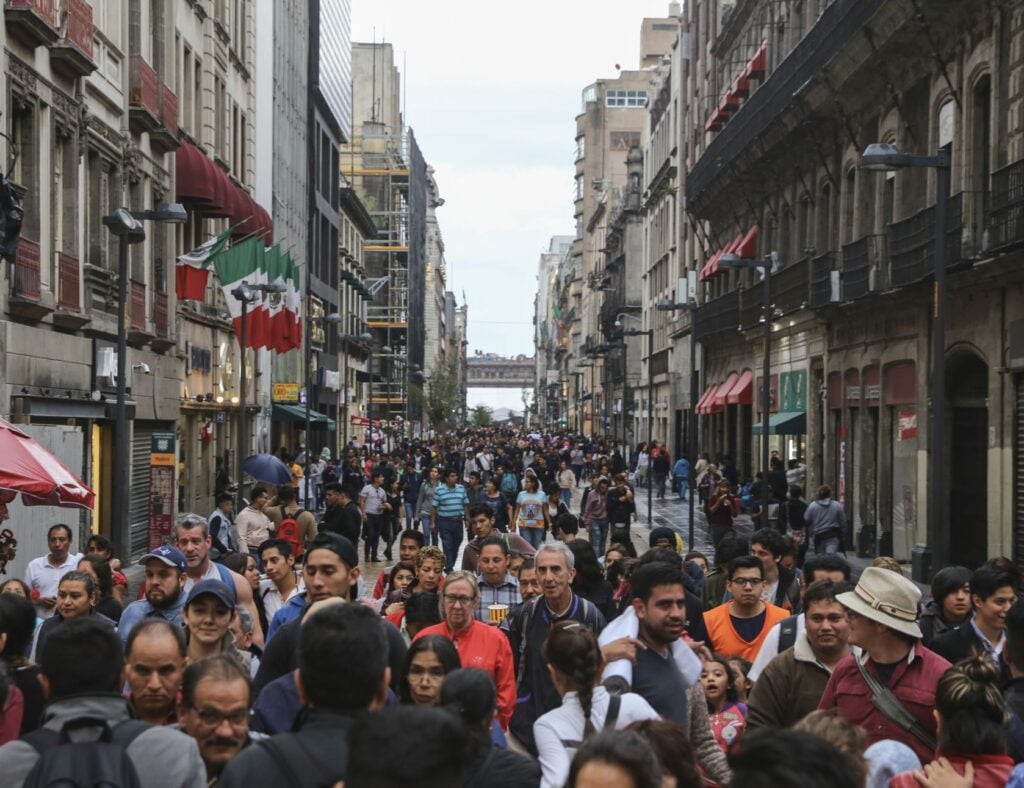
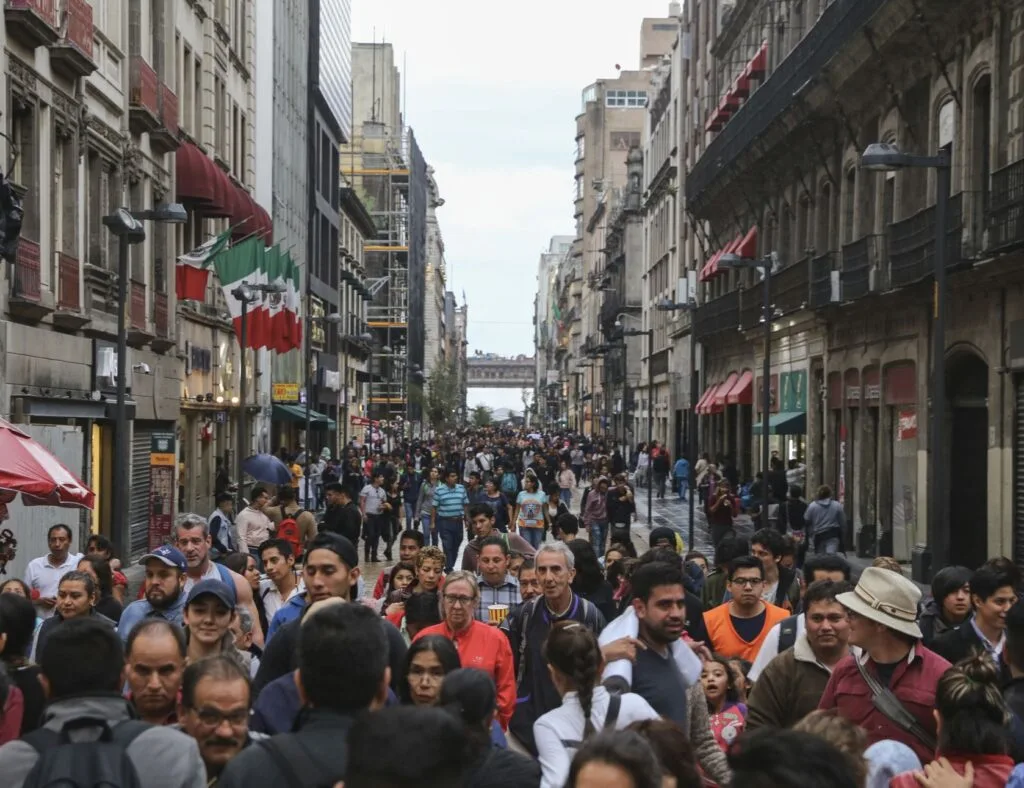
Adding a layer of irony, the U.S. Department of Homeland Security, actively involved in its own immigration crackdown, posted on X: “If you are in the United States illegally and wish to join the next protest in Mexico City, use the CBP One app to facilitate your departure.”
The Global Fight Against Gentrification
These rallies in Mexico City are not isolated events; they mirror a global trend. Similar protests have erupted in popular European cities like Barcelona and Paris, where rapidly escalating costs are being widely attributed to overtourism, the proliferation of short-term home rentals, and an influx of foreign residents with greater purchasing power.
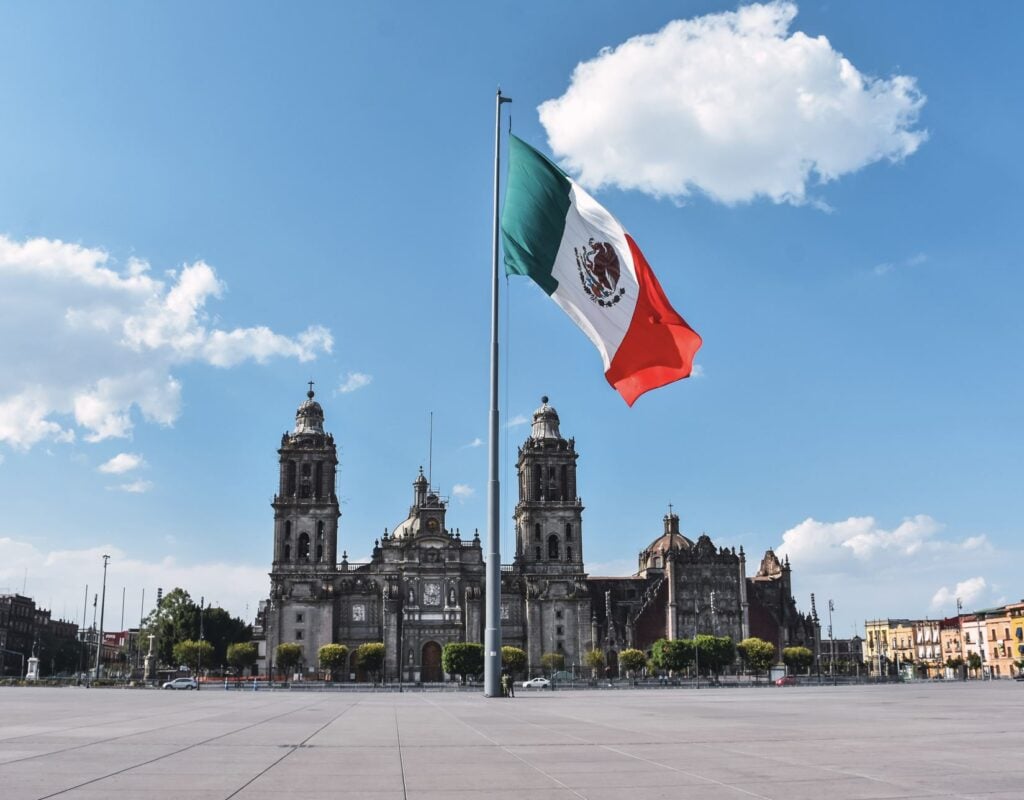
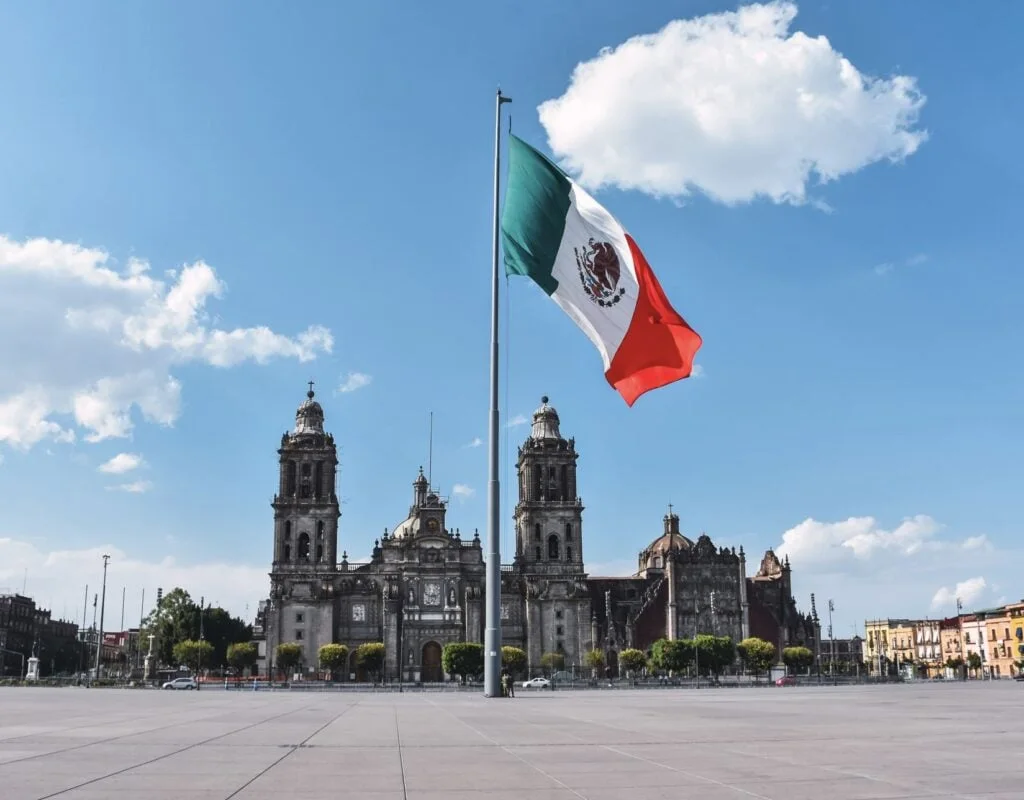
Frente Anti Gentrificacion Mx, one of the protest organizers, frames gentrification as a modern form of colonization. They argue on social media that “the state, institutions, and companies, both foreign and local, provide differential treatment to those with greater purchasing power.” Activists claim that thousands in the Mexican capital have been displaced from their homes as tourists and remote workers, many believed to be American, move into popular neighborhoods like Roma and Condesa.
Frente Anti Gentrificacion Mx spokesperson Yessica Morales pushed back against accusations of xenophobia, clarifying that their campaign highlights the plight of those priced out and demands government reforms. “In Mexico, housing costs have risen 286% since 2005 … while real wages have decreased by 33%,” Morales stated, citing official data. “We are not against migration because gentrification is not a problem of migration (which is) a human right. We are against violence as a government model.” She urged potential newcomers to consider their impact.
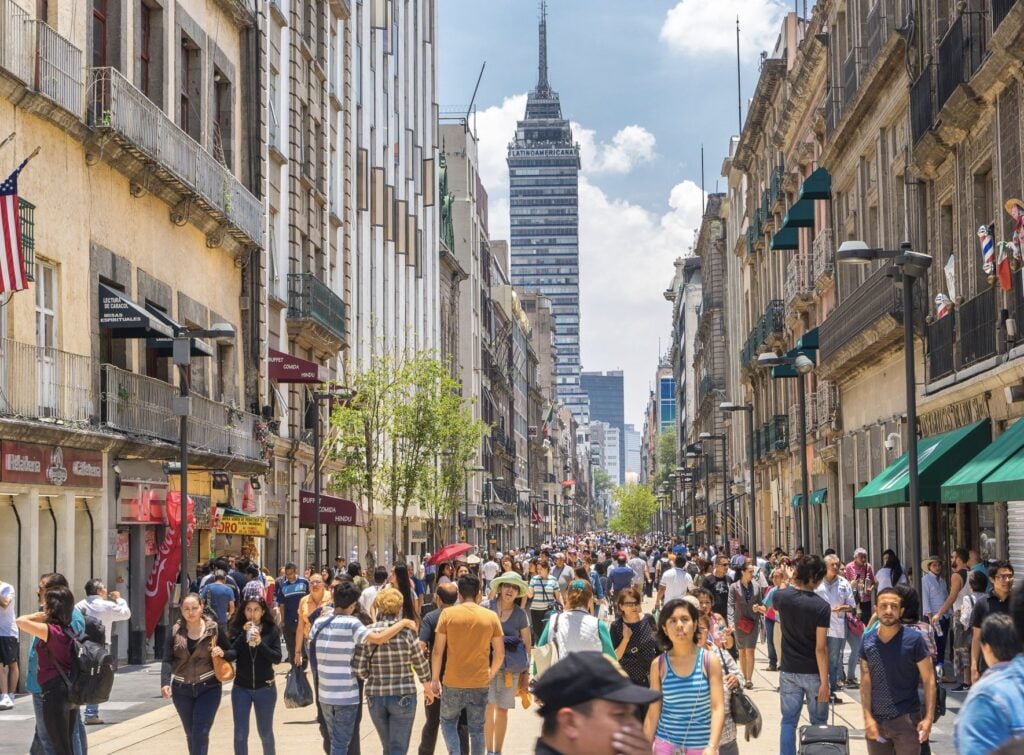
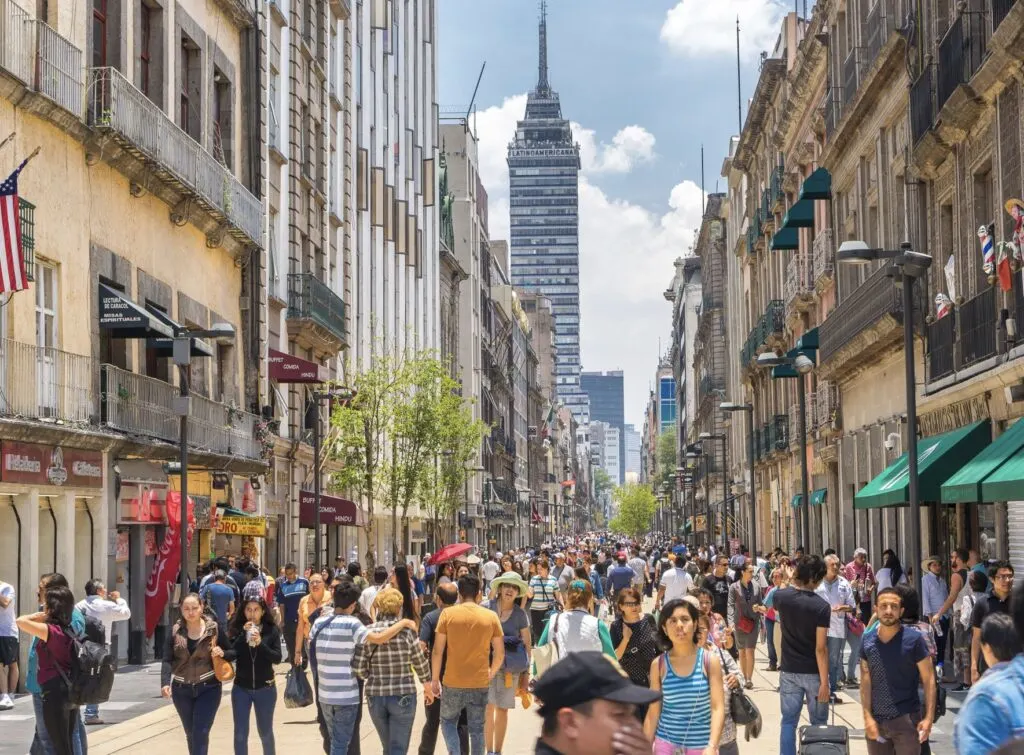
Airbnb, Digital Nomads, and Accelerating Change
Experts agree that immigration is not the sole cause; Mexico City’s gentrification has occurred for decades due to issues like inequality and housing policy deficiencies. However, the unchecked growth of short-term rentals like Airbnb and remote work policies during the pandemic have undeniably “turbo-charged” this debate since 2020.
Despite growing criticism, Mexico City’s government signed an agreement with Airbnb and UNESCO in 2022 to promote the capital as “a global hub for digital nomads,” an initiative then-mayor Claudia Sheinbaum championed for economic boost. This was particularly attractive for U.S. citizens, who can stay up to six months without a tourist visa. In 2022, 122,758 temporary residency permits were granted to foreigners for Mexico, up from 97,825 in 2019. For many residents, however, this fueled the displacement narrative.
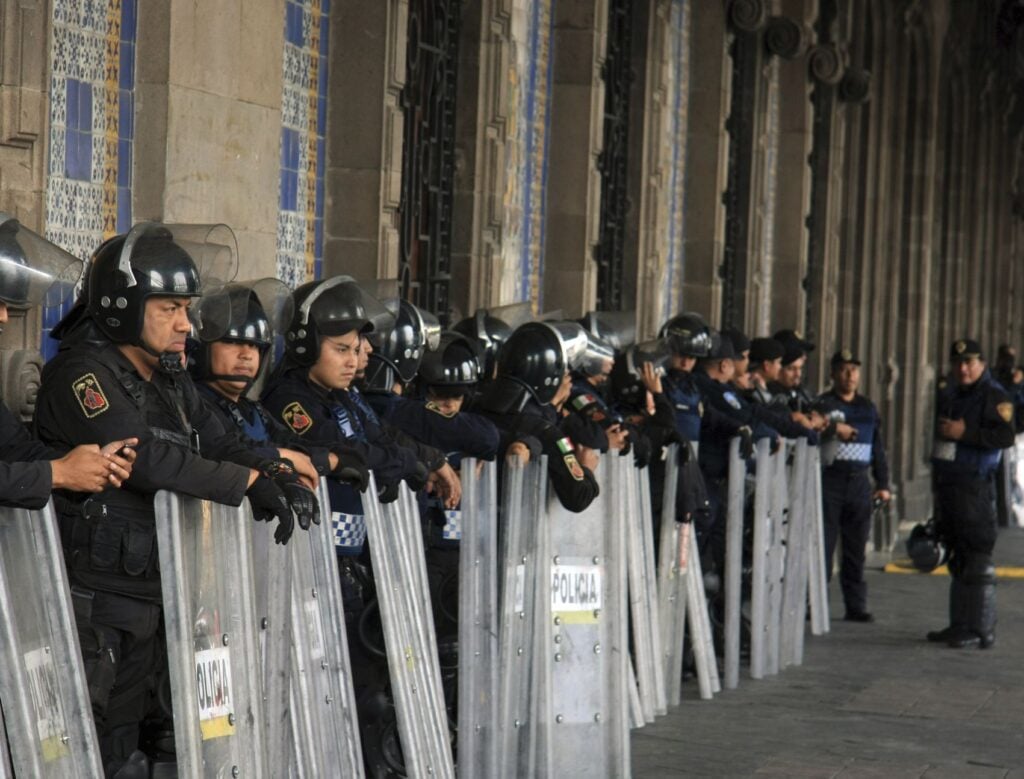

Lessons From Other Tourist Hotspots
Globally, the anger intensifies. Governments from Spain’s Canary Islands to Lisbon and Berlin have implemented restrictions on short-term rentals. Barcelona, for instance, plans to revoke over 10,000 short-term rental licenses by November 2028, following documentation of how daily rentals displaced long-term residents.
In Mexico City, Airbnb lists over 26,500 properties, heavily concentrated in gentrified central neighborhoods like Condesa, Roma, Juarez, and Polanco. Local government regulations have been introduced, but experts argue they fall short. Airbnb defends its role, citing over $1 billion generated in the local economy last year and claiming 53% of its hosts rely on the platform to stay in their homes.
Activists are now bracing for the 2026 World Cup, fearing state prioritization of business over residents. The question hangs in the air for Mexico City’s future.
The Savvy Traveler’s Toolkit This article is just one part of our mission to make you a safer, smarter traveler. You can explore our full suite of exclusive tools for travelers on our official Travel Off Path Tools Page or by exploring more below.
The Travel Off Path Advantage: Your Travel Toolkit
Subscribe To Our Latest Posts
Enter your email address to subscribe to Travel Off Path’s latest breaking travel news, straight to your inbox.
Please visit:
Our Sponsor
